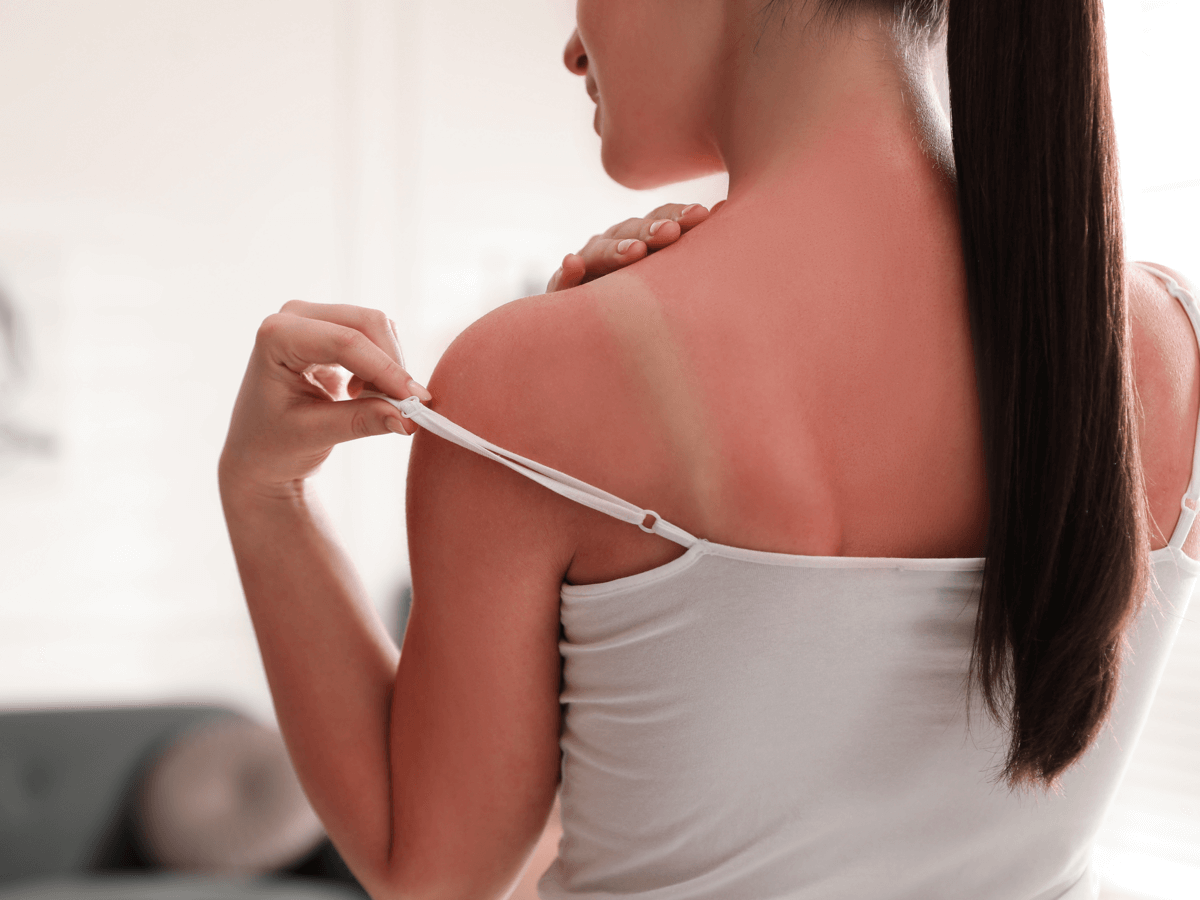Skin cancer is common, and often preventable.
 The sun is shining brighter and days are getting longer — which means it’s time to think about protecting your largest organ, skin.
The sun is shining brighter and days are getting longer — which means it’s time to think about protecting your largest organ, skin.
What is skin cancer?
Cancer occurs when the body’s cells begin growing uncontrollably. When it comes to the skin, that can mean several things:
- Our skin has several layers, with the main two being the epidermis (outer layer) and dermis (inner layer). Since the epidermis receives the most exposure to the sun, it’s typically where skin cancer begins. There are a few different kinds of cells that make up our skin, and they also determine the type of skin cancer.
- Basal and squamous cell carcinomas are the most common types of skin cancer. They form closer to or on the outer layer of the epidermis, which makes them easier to treat or cure.
- Melanoma is the third-most-common type of skin cancer, but it’s more serious than basal or squamous cell carcinomas. Melanoma begins deeper in the skin, and it can spread more easily to other parts of the body. According to the Centers for Disease Control and Prevention, melanoma is responsible for the most deaths among skin cancers.
Risk Factors
Everyone is at risk for skin cancer, but there are a few factors that may increase someone’s likelihood of developing it. The following are the most common:
- Light skin, eyes or hair color (especially redheads)
- Skin that burns, reddens or freckles easily
- Family history
- Certain moles
- Old age
If you’re constantly outside or being exposed to ultraviolet (UV) rays, your risk is also greatly increased. Even if you’re not outside, sitting by windows or being exposed to indirect sunlight may pose a risk over time.
The symptoms of skin cancer can be tricky to detect. Remember the ABCDE’s of melanoma:
A – Asymmetrical
Is the spot or mole irregular in shape?
B – Border
Is the border of the spot irregular, jagged or blurred?
C – Color
Is it unevenly colored or have multiple colors?
D – Diameter
How large is the spot or mole? Is it larger than 6 millimeters across?
E – Evolving
Does it change in size, shape or color?
If you have reason to believe you may have skin cancer, or you just need to discuss your concerns, contact your physician. Your physician can perform thorough skin checks for you and let you know what your options are.
How to Protect Yourself
Skin cancer is common, but it’s also the most preventable of cancers.
- If possible, stay in the shade.
- Wear protective clothing that covers your skin. That’s a shirt, pants and a wide-brim hat.
- Wear sunglasses to protect your eyes.
- Use sunscreen that’s at least SPF 15 (the higher the better) on your face and body.
Being outside isn’t the only way to be exposed to UV rays. Indoor tanning beds expose users to extreme levels of UV rays, and the skin damage can be irreversible.
Treatment
Treating skin cancer can be done in several ways. Typically, surgical removal is required for carcinomas or melanoma, sometimes followed by a form of therapy. Medication and further procedures may be required for more serious cases.
Do yourself a favor this summer by being proactive and protecting your skin. In the long run, you may thank yourself.
SOURCE: CDC
